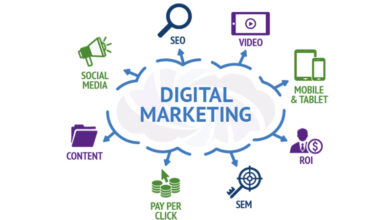
A Brief History of the 3D Printer Starting From 1980
Fifty years ago, 3D printing was a thing of science fiction. Today, you can buy an entry-level 3D printer for less than $500.
So how did we get here? What is the history of 3D printing?
You may be surprised to learn that 3D printing history began over forty years ago. Let’s take a look at the history of the 3D printer and the people who shaped the market we know today.
History of the 3D Printer
The history of 3D printing begins with Dr. Hideo Kodama in 1980. Kodama filed the first 3D printing patent application.
He described a system that printed 3D objects using thermoset polymer, a special plastic that hardens in response to UV light. The idea was never commercialized, but the first seed had been sewn.
In 1983, Chuck Hull invented the first stereolithography apparatus (SLA) machine. In 1986, he was granted the first patent in 3D printing for an SLA machine. Many people consider this the invention of the 3D printer.
In 1987, Dr. Joe Beaman and Dr. Carl Deckard invented a new 3D printing technique called selective laser centering (SLS). A high-powered laser fuses plastics, glass, and ceramics particles. If you want to learn about SLS, read more here.
Chuck Hull co-founded the 3D Systems Corporation, which sold its first 3D printer in 1988.
In 1989, Scott and Lisa Crump filed a patent for fused deposition modeling (FDM). This process uses a continuous filament of thermoplastic material.
In 1999, the Wake Forrest Institute of Regenerative Medicine grew the first 3D-printed organ for transplant surgery.
3D Printer History Timeline
3D printers were not commercially available to the average person for a long time. But in 2005, Dr. Adrian Bowyer invented an open-source concept to create a self-replicating 3D printer process.
The first 3D printer designed under this concept became commercially available in 2008. That same year, Shapeways launched a 3D printing service that allowed users to submit files for personal fabrication.
In 2009, the FDM patent previously held by the Crumps expired. This caused the price of an FDM printer to drop from $10,000 to $1,000.
This paved the way for Makerbot to bring 3D printing to the mainstream. The company introduced DIY kits for people who wanted to build their own 3D printers. They also introduced a file library that allowed users to submit and download 3D printable files.
In 2012, B9Creator and Form 1 introduced DLP technology and stereolithography into the entry-level market.
A Swedish company called Cellink introduced the first standardized commercial bio-ink to the market in 2015. This ink was derived from non-cellulose alginate and could print tissue cartilage. Later that same year, the company released a 3D printer that could be used for bioprinting, creating an affordable market for the craft.
3D Printing Today
Today, there are over 170 3D printer system manufacturers across the world. In addition, the expiration of patents and open source projects have created a market where 3D printing is available to the average person.
The history of the 3D printer is a story of innovation and collaboration. 3D printing has already changed so much about our world. We can expect this craft to continue evolving in new and exciting ways as the years go on.
If you want to learn more about 3D printing and other industrial technologies, browse the articles on our website.








